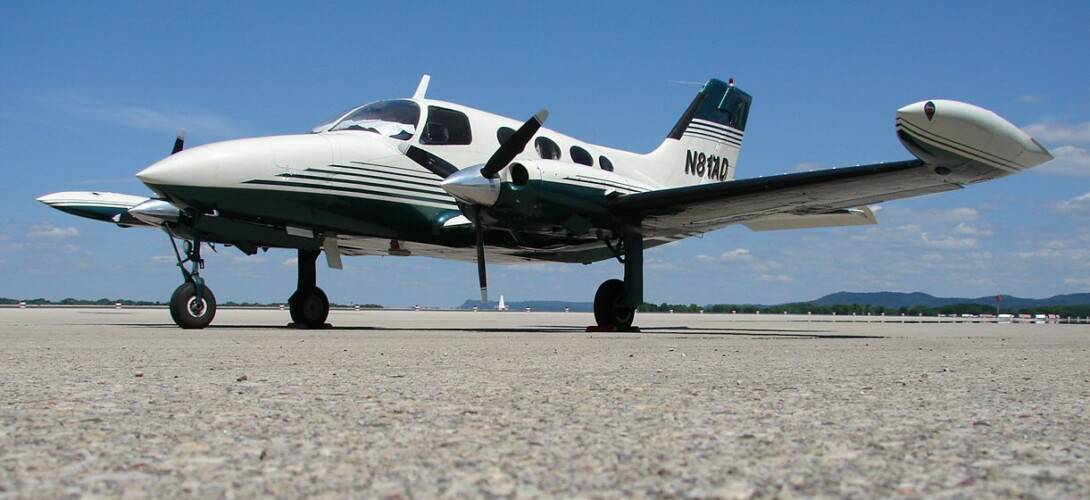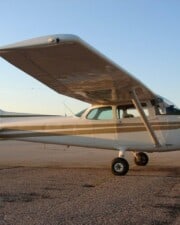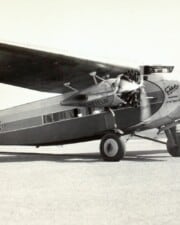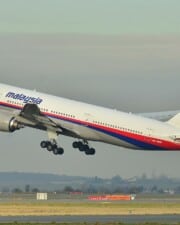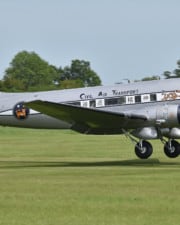There is no doubt that one cannot go wrong with a twin-piston aircraft, but what makes them more efficient and better than a single-piston aircraft? Well, not only do they provide a quicker pickup and are faster, but they also provide some comfort when it comes to safety.
Table of Contents
- 11. Piper PA-44 Seminole – 168 knots
- 10. Cessna 336 Skymaster – 190 knots
- 9. Diamond DA62 – 192 knots
- 8. Tecnam P2012 Traveller – 194 knots
- 7. Beechcraft Baron G58 – 202 knots
- 6. Piper PA-34 Seneca – 204 knots
- 5. Cessna 310R – 207 knots
- 4. Piper PA-23 Aztec – 216 knots
- 3. Cessna 401/402 – 228 knots/231 knots
- 2. Piper Navajo Chieftain – 230 knots
- 1. Piper Aerostar Super 700 – 285 knots
What truly makes a twin-piston aircraft all that much better than a single-piston one? Besides what we have already mentioned, twin-piston aircraft also have better takeoff and climb performance, purely because of the increased horsepower from having that second engine.
Now, some may also understand that having that second engine, in theory, should make the aircraft safer, however, history has prevailed that they are not that much safer than single-engine aircraft.
Twin-piston aircraft may provide an improved speed, however, this does not come without the increased cost of fuel and pilots requiring to have extra training to get their twin rating, as only having a PPL limits pilots to specific jobs.
In the 50s and 60s, most pilots went over and above their private licensing and got their twin-engine ratings. The reason for this was that many WWII pilots had much preferred flying multi-engined aircraft. This created an already waiting market for new twin-piston aircraft that was bound to come.
Although there is no doubt that twin-piston aircraft are faster than single-piston aircraft, there are some that are faster than others.
So what are some of the fastest twin-piston aircraft, and what are the max speeds they safely fly at?
11. Piper PA-44 Seminole – 168 knots
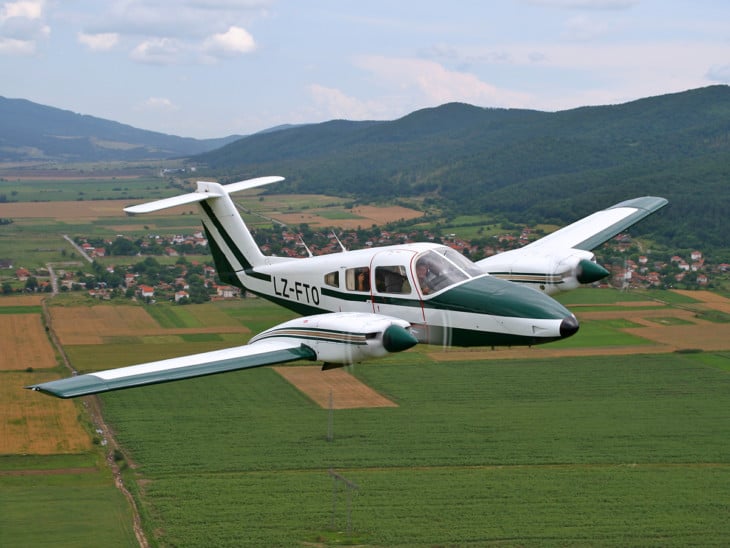
A well-known aircraft, the Piper PA-44 Seminole has continued to prove its reliability and durability over the years. And although this is one of the slowest out of the fastest twin-piston aircraft we’ll see here, it will not let you down.
With speed comes the responsibility of fuel usage, and this aircraft only burns 22.4 gallons per hour at 75% cruise speed. This has proven that the Piper PA44 Seminole offers extra speed for the same fuel usage.
So is this a good and fast aircraft? Well, with a cruise speed between 145-162 knots and being able to climb 1340 feet per minute, it’s for sure not the slowest aircraft one could find.
And with its reliable Lycoming O-360-A1H6 engines and retractable landing gear, it continues to be number one among other twin-piston aircraft.
10. Cessna 336 Skymaster – 190 knots

The development of the Cessna Skymaster didn’t have a great start, mainly because of the training they had implemented where they decided it would be a good idea to simulate a real engine shutdown, forcing the pilots to fly with one.
This has naturally led to many accidents.
Once they were comfortable with their aircraft, the real performance could be tested. At 20,000 feet, the turbocharged and pressurized models could push up to 190 knots max speed, which is not bad at all. At cruising speed the Skymaster is at its best at 160 knots.
The rate of climb is much lower than most of the other twin-piston aircraft, sitting at 940 fpm.
If only one engine was in operation, the climb rate would be reduced to 300 fpm, which shows clearly how much having an extra engine makes a difference in the performance of the aircraft.
9. Diamond DA62 – 192 knots
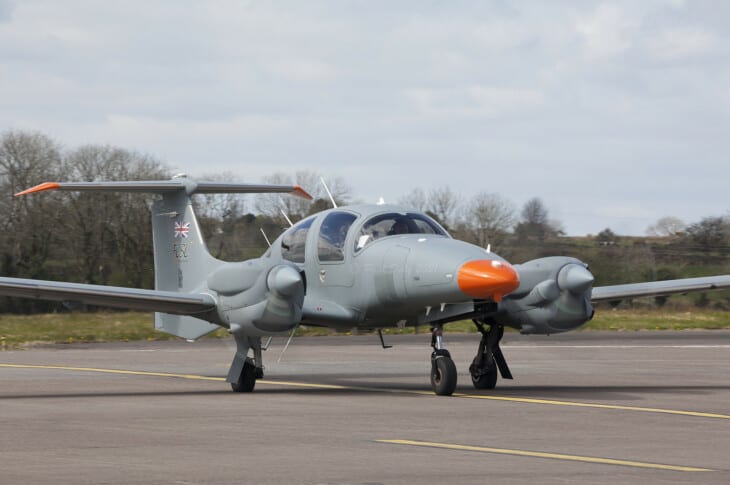
Flying in style is what you’ll get with the Diamond DA62. Not only is it where modern concepts meet ideas from the 60s, but it was also designed with ideas of safety from the motor industry while still giving a great performance.
What is supposed to be classed as a 200-knot aircraft, its max speed is 192 knots. But when being tested on cruise performance, it proved to be at its most efficient at about 100 knots, where only 3.6 gallons per hour of fuel was being consumed.
This state-of-the-art aircraft ticks all of the boxes from design to safety. Even the Austro Engine AE330 is one of the best, most reliable, and fuel-efficient engines available.
The improved design of this engine also means that there is less work for the pilot to do which the engine does instead.
8. Tecnam P2012 Traveller – 194 knots

The Tecnam P2012 Traveller was the first twin-piston aircraft that had electronic management of engine power, which would obviously make the pilot’s job a lot easier. With a max speed of 194 knots, this aircraft can comfortably get passengers to their destination.
So what makes the Tecnam P2012 engines so special? It has a six-cylinder, horizontally opposed, turbocharged, air-cooled, direct-drive Lycoming TEO-540-C1A engine that also has down exhaust, electronic ignition, and fuel injection.
The P2012 cruise speed sits at about 173 knots, and with its stylish and comfortable interior, versatility, and ability to land on short runways even in remote areas, Tecnam has made this a low-maintenance, low-workload aircraft a pilot’s dream to fly.
7. Beechcraft Baron G58 – 202 knots

Flying for business or pleasure can come with ease with the Beechcraft Baron G58. It is the ideal mix for both speed and security. Although it has a max speed of 202 knots, its most economical cruise speed should be around 163 knots.
If gas-guzzling isn’t a concern for you, it can cruise at a speed of 197 knots. Besides such a fast cruise speed, the rate of climb is a whopping 1735 feet per minute. Giving it 10 minutes from the ground to its max altitude of 18,500 feet.
The Beechcraft Baron G58 can safely hold 4 passengers and 2 crew members, and believe it or not, but even at 202 knots max speed, the passengers can still comfortably enjoy their flight.
6. Piper PA-34 Seneca – 204 knots
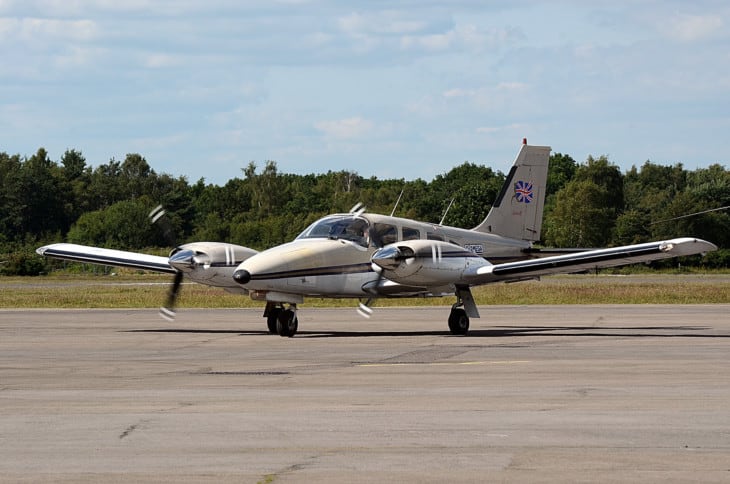
The Piper Seneca is best known as an aircraft that is suitable for pilots who are just moving over to twin-piston aircraft. Its design makes it easier for pilots to make the change from almost any other single-piston Piper aircraft.
Many Piper PA-34 Seneca owners don’t have anything amazing to say about them, but they do the job and are sophisticated aircraft. Their max speed can be pushed, but should never go higher than 204 knots at 23,000 feet and 188 knots at 25,000 feet.
Although it may seem as though the Piper Seneca is just your average aircraft, one thing it is great for is operating well in colder, more icy conditions. This is made possible by the fitted ice protection system, which can be managed from the instrument panel.
5. Cessna 310R – 207 knots

The Cessna 310 family was put into production by Cessna just after World War II. This was the first twin-engine aircraft that Cessna produced since before the war.
This twin-piston monoplane was produced between 1954 and 1980. As for older aircraft, the Cessna 310R fits right in.
The normal category plane has two Continental Model IO-520-MB engines which have a rated horsepower of 285 (213kW) each. These allow the Cessna 310R to have a max speed of 207 knots. But ideally, the normal cruise speed should be set to 188 knots.
Although production of the Cessna 310s stopped in 1980, Cessna did spend a lot of time creating different modifications during the 26 years of production. The 310R was the last production model of the Cessna 310 line.
4. Piper PA-23 Aztec – 216 knots

The Piper PA-23 Aztec was made famous in the 1970s when Shelia Scott set a total of seven world records for speed over a recognized course when she became the first person to fly around the world in just 55 days while flying this aircraft she named Myrthre.
Although Scott proved this twin-piston aircraft has some speed, its performance only provides so much more proof. This six-seater has a cruising speed of between 178-183 knots and can climb 1490 feet per minute.
So how is this made possible? The Piper PA-23 Aztec is powered by two Lycoming IO-540 fuel-injected engines which have replaced the previous Lycoming O-320-A engines to give the aircraft better performance.
3. Cessna 401/402 – 228 knots/231 knots
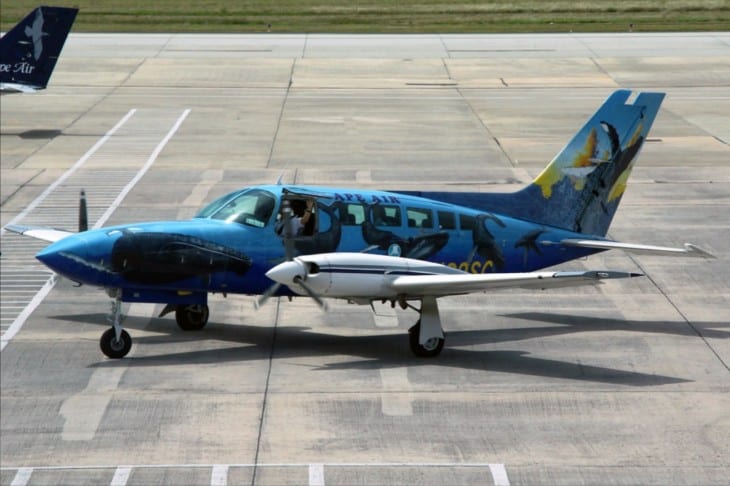
The Cessna 401 and 402 are essentially the same aircraft with just a few minor differences or enhancements. The Cessna 401 can hold 6 passengers and 2 crew, whereas the Cessna 402’s passenger capacity was increased to hold up to 8 passengers and 2 crew.
The difference in speed between the two is not that much. The 401 has two 300-horsepower Continental engines, giving it a max speed of 228 knots and a cruise speed of 192 knots.
The 402 has two 325-horsepower Continental engines giving it a max speed of 231 knots and 194 knots cruise speed.
Although when designing an aircraft that would be better than the previous model, the changes and improvements were not focused on speed, but rather on cheaper engines and better cargo space.
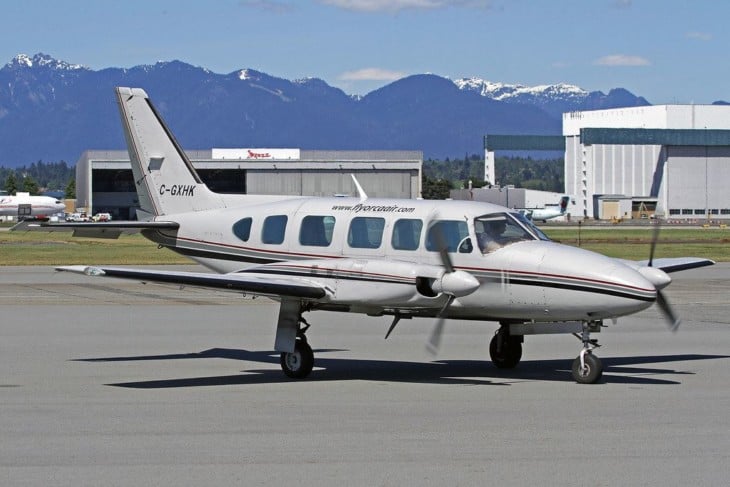
The production of the Navajos was an important change in Piper’s production because although to most it still looks like a smaller aircraft, this was the first step to creeping into the world of bigger aircraft.
Powered by two Lycoming TIO-540-A2C engines, this powerful aircraft can reach a max speed of 230 knots, and a cruise speed of 211 knots, ensuring the possible 6 passengers onboard could reach their destinations rather quickly.
The Piper Navajo Chieftain is probably one of the easiest aircraft to fly, as long as everything is in working order of course. With its corporate design, the Navajo Chieftain has been perfect for commuting in style for both passengers and crew.
1. Piper Aerostar Super 700 – 285 knots
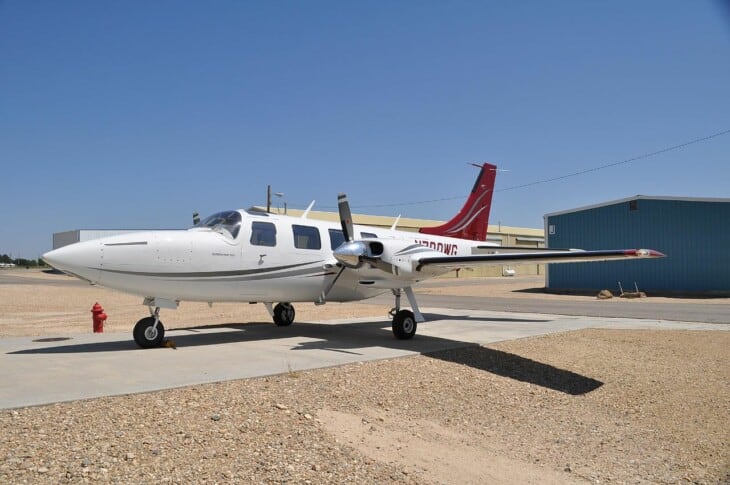
It is no surprise that the Piper Aerostar Super 700 is known as the sports car of light twin aircraft because, with a max speed of 285 knots, it’s only marginally faster than the Koenigsegg Jesko Absolut, which holds the record for being the world’s fastest sports car.
Under normal flying conditions, this aircraft can cruise at a speed of 255 knots, almost the same as the max speed of the Piper Navajo Chieftain. Powered by two Lycoming TIO-540-U2A engines with 350 horsepower, it makes sense that this is the fastest twin-piston aircraft.
Is the Piper Aerostar Super 700 too hot to handle? Although some may think so because your waypoints disappear quickly when flying over 250 knots, this aircraft is easy to fly slowly too with a stall speed of 73 knots. For the price and performance, there’s no other like it.
Related Posts
